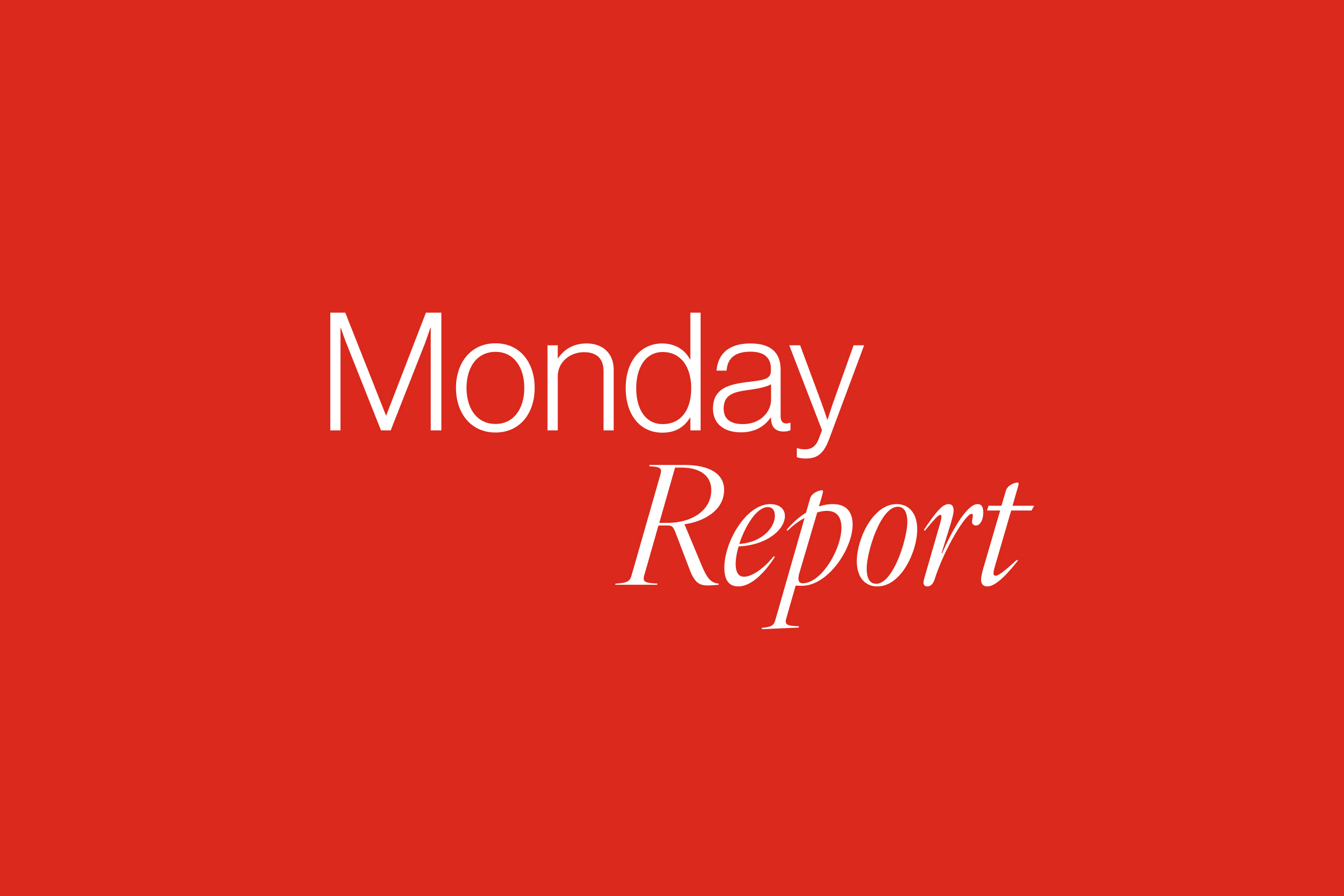All about Trump’s tariffs
“The income tax is a twentieth-century socialist experiment that has failed. Before the income tax was imposed on us just 80 years ago, government had no claim to our income. Only sales, excise, and tariff taxes were allowed”. – Alan Keyes
Insight
Is this ultimately what President Trump is seeking? What exactly are Trump’s Tariffs?
The Short Version – Trump’s tariffs are taxes on imported goods aimed at protecting U.S. industries and reducing trade deficits. While they’ve raised significant revenue, they’ve also increased consumer prices, strained international relations, and triggered retaliatory tariffs from other countries.
Simple right? But au contraire, simple may not be in Trump’s lexicon despite its Liberation Day delivery on that fateful day after April Fool’s Day of 2025!
The Long Version
1. What Are Trump’s Tariffs?
- Trump has imposed a wide range of tariffs under various authorities, including the International Emergency Economic Powers Act (IEEPA).
- These tariffs target countries like China, Canada, Mexico, and the EU, and cover goods such as steel, aluminium, autos, and even fentanyl-related products
2. Economic Impact
- The average effective tariff rate has risen to 12.4%, the highest since 1941
- If all proposed tariffs are enacted, they could raise $2 trillion over a decade but reduce U.S. GDP by 0.8% (taxfoundation.org)
- The average U.S. household could see a tax-equivalent cost of $1,183 in 2025, rising to $1,445 in 2026 (taxfoundation.org)
3. Legal and Political Challenges
- A U.S. court ruled in May 2025 that the IEEPA-based tariffs are illegal, which could significantly reduce their scope and economic impact
- Despite this, Trump’s administration continues to push tariffs as a core economic strategy, with potential fallback options like sector specific tariffs
4. Global Reactions
- Countries like China, Canada, and the EU have retaliated with tariffs on $330 billion worth of U.S. exports
- These retaliations are expected to further reduce U.S. GDP and hurt exporters
5. Last Effects
- Many of Trump’s tariffs remain in place under President Biden.
- They’ve led to a more hawkish U.S. trade stance, especially toward China.
- Sparked broader debates over free trade vs. protectionism.
6. Current Status (as of July 2025)
- A 90-day pause on the heaviest tariffs is set to expire on July 9, and Trump has signalled no further delays although he was quoted recently as saying, “No, we can do whatever we want”.
- Businesses are bracing for renewed cost pressures and supply chain disruptions
Here then is Trump’s tariffs explained as the 90-day pause looks set to end in less than 10 days.
President Donald Trumps second term economic plan can be summed up in one word: tariffs. As his barrage of import taxes went into overdrive in recent months, markets trembled, and business leaders sounded alarms about the economic damage they would cause. In response to the initial chaos after Liberation Day » back in April, the heaviest of Trumps tariffs were paused for 90 days, but the end of that pause is coming up in a matter of days now, and the president has said that another reprieve isn t likely. With that in mind, it s about to be as important as ever for us to understand tariffs and how they’ll impact us. Despite the near-constant uncertainties, Trump has continued to barrel forward with his plans, doubling the tariffs on steel and aluminium imports and announcing a new deal that would see the rate against China increase to 55% — all of which will likely impact our cost of living. That all came after Trumps plans hit their biggest roadblock yet in court, when late in May, the US Court of International Trade ruled that Trump had overstepped his authority when he imposed tariffs. This ruling was eventually stayed, but the fight is likely to see a final ruling from the Supreme Court in the near future.
However things shake out in the end, the initial ruling certainly came as a relief to many, given the chaos and uncertainty that Trump’s tariffs have caused thus far. For his part, Trump has recently lashed out against companies — Apple and Walmart, for example — that have reacted to the tariffs or discussed their impacts in ways he dislikes. Apple has been working to move manufacturing for the US market from China to relatively less-tariffed India, to which Trump has threatened them with a 25% penalty rate if they don’t bring manufacturing to the US instead. Experts have predicted that a USmade iPhone, for example, would cost consumers about $3,500. During a recent earnings call, Walmart warned that prices would rise on things like toys, tech and food at some point in the summer, which prompted Trump to demand the chain eat the costs themselves, another unlikely scenario.
What then? The short answer: Expect to pay more for at least some goods and services.
Trump has been fixated on imports as the centrepiece of his economic plans, often claiming that the money collected from taxes on imported goods would help finance other parts of his agenda. The US imports $3 trillion worth of goods from other countries annually.
The president has also, more recently, shown a particular fixation on trade deficits, claiming that the US having a trade deficit with any country means that country is ripping the US off. This is a flawed understanding of the matter, as a lot of economists have said, deficits are often a simple case of resource realities: Wealthy nations like the US buy specific things from nations that have them, while those nations in turn may not be wealthy enough to buy much of anything from the US.
While Trump deployed tariffs in his first term, notably against China, he ramped up his plans more significantly for the 2024 campaign, promising 60% tariffs against China and a universal 20% tariff on all imports into the US. Now, tariffs against China are more than double that amount and a universal tariff on all exports is a reality.
« Tariffs are the greatest thing ever invented, » Trump said at a campaign stop in Michigan last year. At one point, he called himself « Tariff Man » in a post on Truth Social.
Who pays the cost of tariffs?
Trump repeatedly claimed, before and immediately after returning to the White House, that the country of origin for an imported good pays the cost of the tariffs and that Americans would not see any price increases from them. However, as economists and fact-checkers stressed, this is not the case.
The companies importing the tariffed goods — American companies or organizations in this case — pay the higher costs. To compensate, companies can raise their prices or absorb the additional costs themselves.
So, who ends up paying the price for tariffs? In the end, usually us, the consumer. For instance, a universal tariff on goods from Canada would increase Canadian lumber prices, which would have the knock-on effect of making construction and home renovations more expensive for US consumers. While it is possible for a company to absorb the costs of tariffs without increasing prices, this is not at all likely, at least for now.
Speaking with CNET, Ryan Reith, vice president of International Data’s worldwide mobile device tracking programs, explained that price hikes from tariffs, especially on technology and hardware, are inevitable in the short term. He estimated that the full amount imposed on imports by Trump’s tariffs would be passed on to consumers, which he called the « cost pass-through. » Any potential efforts for companies to absorb the new costs themselves would come in the future, once they have a better understanding of the tariffs, if at all.
What is the goal of the White House tariff plan?
The typical goal behind tariffs is to discourage consumers and businesses from buying the tariffed, foreign-sourced goods and encourage them to buy domestically produced goods instead. When implemented in the right way, tariffs are generally seen as a useful way to protect domestic industries.
One of the stated intentions for Trump’s tariffs is along those lines: to restore American manufacturing and production. However, the White House also claims to be having negotiations with numerous countries looking for tariff exemptions, and some officials have also floated the idea that the tariffs will help finance Trump’s tax cuts.
You don’t have to think about those goals for too long before you realize that they’re contradictory: If manufacturing moves to the US or if a bunch of countries are exempt from tariffs, then tariffs aren’t actually being collected and can’t be used to finance anything. Period. This and many other points have led a lot of economists to allege that Trump’s plans are misguided.
In terms of returning — or « reshoring » — manufacturing in the US, tariffs are a better tool for protecting industries that already exist because importers can fall back on them right away. Building up the factories and plants needed for this in the US could take years, leaving Americans to suffer under higher prices in the interim.
That problem is worsened by the fact that the materials needed to build those factories will also be tariffed, making the costs of « reshoring » production in the US too heavy for companies to stomach. These issues, and the general instability of American economic policies under Trump, are part of why experts warn that Trump’s tariffs could have the opposite effect: keeping manufacturing out of the US and leaving consumers stuck with inflated prices. Any factories that do get built in the US because of tariffs also have a high chance of being automated, cancelling out a lot of job creation potential. To give you one real-world example of this: When warning customers of future price hikes, toy maker Mattel also noted that it had no plans to move manufacturing to the US.
Trump has reportedly been fixated on the notion that Apple’s iPhone — the most popular smartphone in the US market — can be manufactured entirely in the US. This has been broadly dismissed by experts, for a lot of the same reasons mentioned above, but also because an American-made iPhone could cost upward of $3,500. One report from 404 Media dubbed the idea « a pure fantasy. » The overall sophistication and breadth of China’s manufacturing sector have also been cited, with CEO Tim Cook stating in 2017 that the US lacks the number of tooling engineers to make its products.
Here is what one could expect to happen when Trump’s tariff pause expires on the 9th of July, and no deals are reached:
1. Automatic Tariff Imposition (Baseline: 10%)
- A blanket 10% tariff on nearly all imports is scheduled to kick in automatically.
- For certain “non-cooperative” countries or sectors, tariffs could rise up to 50%.
- This is part of Trump’s « Reciprocal Trade Act »–style agenda, where tariffs mirror what the U.S. claims are unfair foreign barriers or subsidies.
2. Global Retaliation Risks
- Countries like Japan, South Africa, and others have already threatened retaliatory tariffs if U.S. duties go into effect.
- This could trigger a new round of tit-for-tat trade wars, similar to 2018– 2020, potentially worse due to broader coverage and higher rates.
3. Economic Fallout
In the Short-Term!
- Consumer prices likely to rise, especially for electronics, clothing, cars, and everyday imports.
- Business costs increase, particularly in manufacturing, retail, and agriculture.
- Stock market volatility: Markets may react negatively to broad-based tariffs, as seen in prior announcements.
In the Medium-Term!
- Global trade may contract: WTO warns of a 1.5% global trade shrinkage in 2025 if tariffs resume.
- U.S. GDP growth slowdown: OECD projects U.S. growth could drop below 1.6%, mostly due to trade drag and inflation.
4. Selective Deals May Soften the Blow
- Trump’s team is negotiating narrow, sector-by-sector deals (e.g., agriculture with Japan, autos with South Korea, finance with the UK).
- Countries that reach deals before July 9 may be exempted or face reduced tariffs.
- But many nations (like EU members) are resisting rushed deals, citing the risk of setting bad precedents.
5. Legal Uncertainty
- Several lawsuits are challenging Trump’s authority to impose these tariffs under emergency or executive powers.
- A federal appeals court recently reinstated the tariffs temporarily, but the issue may reach the Supreme Court later this year.
- If courts ultimately strike down the tariffs, enforcement could be paused or revoked retroactively.
But……inflation over the last quarter or so does not reflect any shift in inflation dynamics, with some Fed Reserve members even calling for cuts as early as this month? Why?
1. Delayed or Partial Tariff Implementation
- The 10%–50% reciprocal tariffs haven’t fully hit yet many are contingent on July 9.
- Even where tariffs exist, waivers, delays, or exemptions (e.g., for certain countries or critical goods) have limited the real impact on prices.
2. Supply Chain Realignmen
- Many U.S. companies have shifted sourcing away from China or tariffed countries to Vietnam, Mexico, India, or back to the U.S.
- This diversification, accelerated post-COVID, has reduced exposure to high-tariff imports and helped keep prices stable.
3. Soft Demand, Especially in Goods
- Consumer spending, particularly on goods, has slowed post-pandemic due to higher interest rates and normalization.
- This weak demand has pressured retailers to absorb some tariff costs rather than pass them on as higher prices.
4. Technological & Productivity Gains
- Many firms have invested in automation and efficiency to offset rising input costs.
- That’s helped keep unit labour costs stable, softening inflation across manufacturing and logistics sectors.
5. Services Inflation > Goods Inflation
- Much of the recent U.S. inflation has come from services (housing, insurance, healthcare), not goods.
- Tariffs mostly affect goods, so the overall Consumer Price Index (CPI) has been less sensitive.
As of today, as the deadline looms with Trump ruling out another extension, US Treasury Secretary Bessent has suggested that selective extensions might be granted countries showing genuine progress (WSJ 28/6/25). These are events that warrant close scrutiny:
What to Watch Before or By, July 9
1. Trade Deal Announcements
- Deals with the EU could ease tariffs on autos, steel/aluminium, medtech, and drink.
- Monitoring Japan, South Africa, UK, China—who may or may not get either full or partial tariff relief.
2. Tariff Rollback Terms
- Are tariff rollbacks immediate upon handshake deals or delayed until full agreements? The EU wants immediate relief
3. Legal Showdowns
- Appeals courts and constitutional arguments over IEEPA authority Supreme Court involvement may still be on the horizon.
4. Market Behavior
- Watch for stock market reactions tied to deal progress or lack thereof.
The Absolute Bottom Line
- Tariffs return July 9 if no deals are reached. Flexibility exists, but Trump has stated he won’t broadly delay renewal.
- EU, UK, China have piecemeal agreements; Japan, India, South Africa are still in negotiation.
- Legal uncertainty persists, with ongoing court cases and Congressional pushback.
- Market volatility remains linked to the headline trade news.
The fact is: If the full wave of tariffs goes into effect on July 9, we may start seeing a more noticeable impact on inflation later in Q3 or Q4 2025, especially if companies can’t absorb the costs anymore.
Let’s focus on the known unknowns (what we know we don’t know yet), and steer clear of unknown unknowns (what’s not even on the radar). Domestic industries least impacted by international tit-for-tat tariffs usually in the small to mid-cap sectors and shorter duration high quality bonds. And the Dollar? Well, it’s some 10% down against major currencies and whether there’s reciprocity in tariffs or otherwise, US goods are now discounted and can only be good for US exporters. Trump is already winning, perhaps?
Disclaimer The law allows us to give general advice or recommendations on the buying or selling of any investment product by various means (including the publication and dissemination to you, to other persons or to members of the public, of research papers and analytical reports). We do this strictly on the understanding that: (i) All such advice or recommendations are for general information purposes only. Views and opinions contained herein are those of Bordier & Cie. Its contents may not be reproduced or redistributed. The user will be held fully liable for any unauthorised reproduction or circulation of any document herein, which may give rise to legal proceedings. (ii) We have not taken into account your specific investment objectives, financial situation or particular needs when formulating such advice or recommendations; and (iii) You would seek your own advice from a financial adviser regarding the specific suitability of such advice or recommendations, before you make a commitment to purchase or invest in any investment product. All information contained herein does not constitute any investment recommendation or legal or tax advice and is provided for information purposes only. In line with the above, whenever we provide you with resources or materials or give you access to our resources or materials, then unless we say so explicitly, you must note that we are doing this for the sole purpose of enabling you to make your own investment decisions and for which you have the sole responsibility. © 2025 Bordier Group and/or its affiliates.



